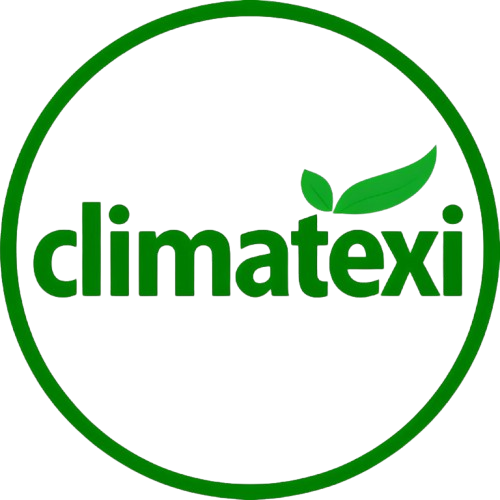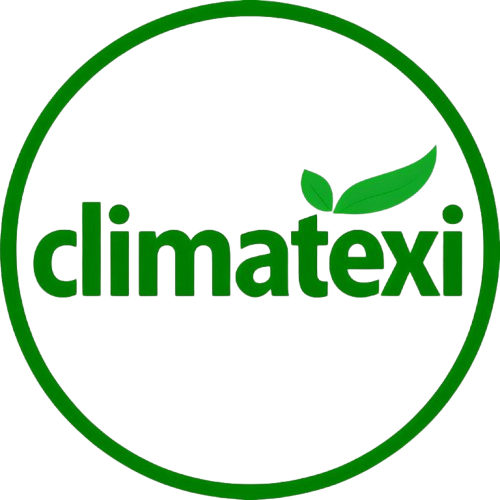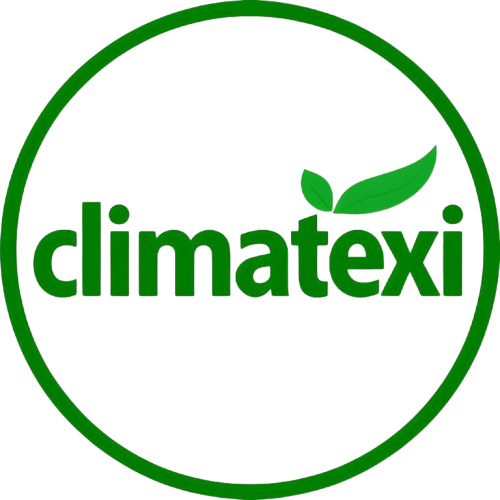Lithium-Ion Battery Recycling Market Insights
Lithium-ion battery recycling: Recycling and recovery processes for lithium-ion batteries used in electric vehicles and electronics.
Lithium-ion battery (LiB) recycling is a distinct and rapidly advancing field, qualitatively different from other battery chemistry recycling due to the complex nature and high energy density of its components. The process is defined by the necessity of safe deactivation and the sophisticated recovery of critical, high-value cathode materials.
Process Complexity and Safety: The foundational characteristic of LiB recycling is the paramount need for safety. LiBs retain significant residual energy and contain flammable electrolytes, making them prone to thermal runaway if damaged during collection, transport, or processing. Consequently, the initial phase involves critical steps like safe discharge and thermal or mechanical pre-treatment to neutralize these risks. This safety requirement qualitatively dictates the design and cost of recycling facilities, mandating specialized environmental controls and highly trained personnel.
Technological Pathways: The recycling of LiBs is primarily executed through three distinct technology families:
Pyrometallurgy: This involves melting the batteries, which is a robust but blunt tool. It is characterized by the efficient recovery of cobalt, nickel, and copper in a metallic alloy, but the process is chemically destructive to the lithium content and carbon-based materials, which are lost in the slag or as off-gases. Qualitatively, it is an established, high-capacity pathway but is less resource-efficient for all critical elements.
Hydrometallurgy: This chemical approach is the current technological focus. After pre-treatment, the valuable cathode "black mass" is leached with aqueous solvents (typically acids or bases). The process is highly selective, allowing for the dissolution and subsequent separation of individual metal ions (lithium, nickel, cobalt, manganese). Its qualitative advantage is the high recovery rate and purity of all critical materials, making the output suitable for direct use in precursor manufacturing.
Direct Recycling: This highly specialized mechanical-chemical route aims to preserve the cathode’s crystalline structure. The qualitative goal is to recover the active materials without changing their chemical form, which would significantly reduce the energy and resource consumption required for chemical reprocessing. While technologically challenging, its potential for a minimal environmental footprint and highest-value output makes it the long-term objective of the industry.
Environmental Impact: Recycling LiBs offers substantial environmental benefits over primary mining. Life-cycle assessments consistently show a dramatic reduction in greenhouse gas emissions, energy consumption, and water usage when recycled materials replace virgin ones. This environmental superiority is a key non-monetary driver of investment and regulatory support for the LiB recycling sector.
Feedstock Challenge: The ongoing evolution of battery chemistry (e.g., the move from NMC to LFP and high-silicon anodes) presents an inherent qualitative challenge. Recycling processes must be flexible and adaptable to handle these different chemistries and cell designs effectively, as a fixed process risks becoming obsolete as battery technology evolves.
FAQs on Lithium-ion Battery Recycling
Q: What is the single most important qualitative prerequisite for the safe recycling of LiBs?
A: Safe deactivation (or pre-treatment). Because LiBs contain residual energy and volatile components, the primary prerequisite is neutralizing the risk of thermal runaway through controlled discharge, dismantling, or thermal/mechanical pre-processing before the core recycling steps begin.
Q: Why is hydrometallurgy considered technologically superior to pyrometallurgy for LiB recycling?
A: Hydrometallurgy offers superior material selectivity and recovery, especially for lithium, and produces higher-purity metal compounds. Pyrometallurgy, in contrast, often destroys the lithium and yields less refined material alloys.
Q: How does the constant evolution of LiB chemistries affect the operational strategy of recyclers?
A: It forces recyclers to prioritize technological flexibility and adaptability. Operational strategies must be chemistry-agnostic where possible, or facilities must be designed with modularity to efficiently process the diverse and changing mix of materials entering the end-of-life stream.
More Related Reports:




